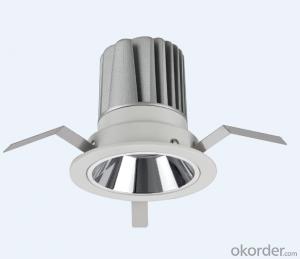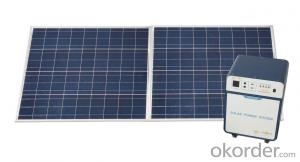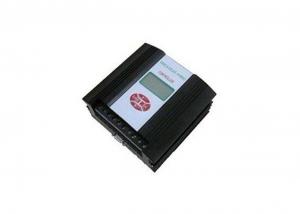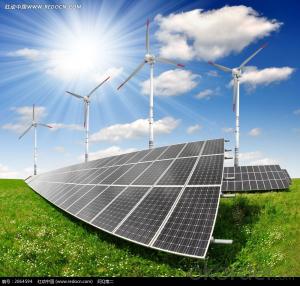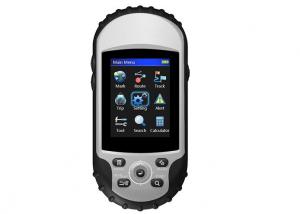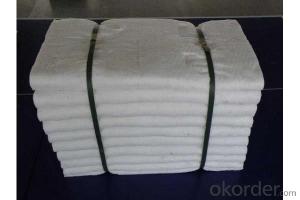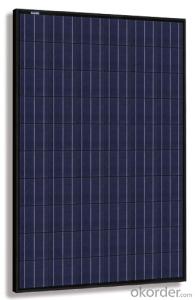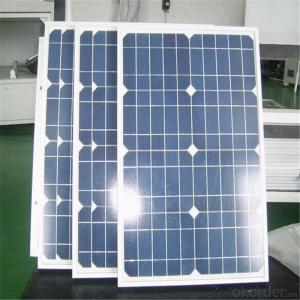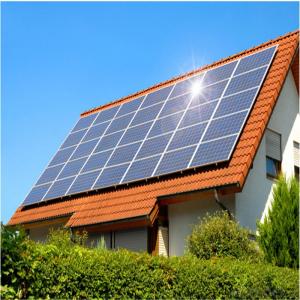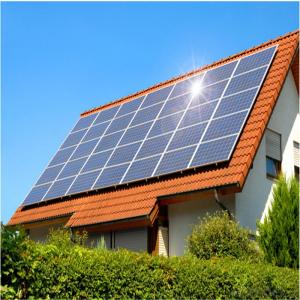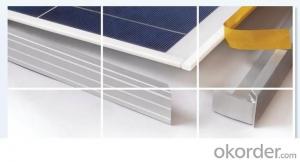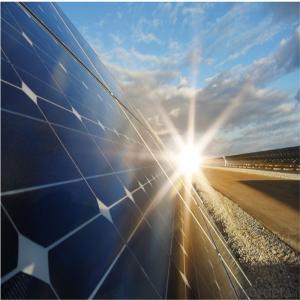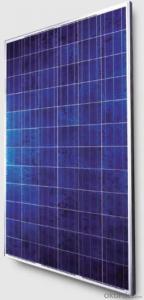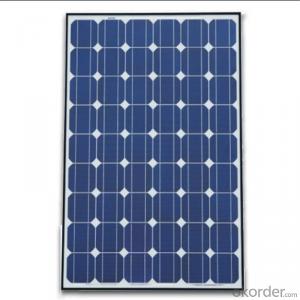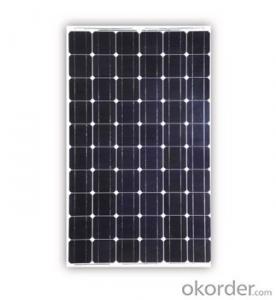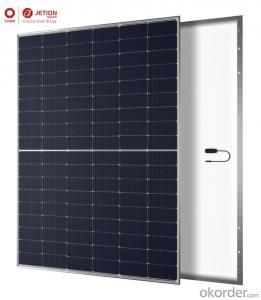300 Watt Solar Module
300 Watt Solar Module Related Searches
Ac Inverter For Solar Panels Solar Panel With Ac Inverter Gas Furnace With Ac Panda Hot Water Bottle Cover Minion Hot Water Bottle Cover Abb Solar Water Pump Inverter Solar Water Pump Philippines Extra Long Hot Water Bottle Solar Panel Dc To Ac Inverter Old Fashioned Hot Water BottleHot Searches
200 Watt Solar Inverter Price Solar Inverter Price Per Watt 500 Watt Solar Inverter Price Solar Inverter 500 Watt Price Solar Module Price Per Watt 1000 Watt Solar Inverter Price Solar Inverter 1000 Watt Price 800 Watt Solar Inverter Price 5000 Watt Solar Inverter Price 1600 Watt Solar Inverter Price China Ac Module Solar Panel China Solar Ac Module China Solar Module Prices China Solar Module Solar Module China Ac Module Solar Panel Price Solar Inverter Panel Price Solar Panel Module Price Solar Module Wholesale Price Solar Module Price Per Watt300 Watt Solar Module Supplier & Manufacturer from China
Okorder.com is a professional 300 Watt Solar Module supplier & manufacturer, offers integrated one-stop services including real-time quoting and online cargo tracking. We are funded by CNBM Group, a Fortune 500 enterprise and the largest 300 Watt Solar Module firm in China.Hot Products
FAQ
- Yes, solar panels can still generate electricity even in cloudy weather. While direct sunlight produces the most optimal conditions for solar panel efficiency, they can still function and generate power in cloudy weather due to their ability to convert diffused sunlight into electricity. However, the electricity output may be lower compared to sunny days.
- i've heard that solar panel batteries have to be replaced withen 5-0 years. how much do solar panel batteries cost? please include sources!
- Depends on how big a battery you want and what technology. A lot of people use lead-acid batteries (rather like car batteries) and they do need replacing and 5 to 0 years isn't a bad estimate. However, the lead and lead salts content can easily be recycled into new batteries so its not as bad as it may seem.
- Yes, solar panels can be used in areas with high levels of noise from transportation. Noise pollution does not directly affect the functionality of solar panels as they primarily rely on sunlight to generate electricity. However, it is important to ensure that the installation of solar panels is done properly to avoid any physical damage caused by vibrations or other factors associated with transportation noise.
- If a solar panel is a .5kW system, what length of time is it putting out that much power? Every hour?
- Solar panels are rated under standard test conditions (STC), a certain amount of light at a certain distance, at a certain temperature, etc. A kW, or kilo watt, is 000 watts. So for the amount of time that the sun meets those conditions, the rate of output is 500 watts. An average location has an average of 5 sun hours a day, the total time that you produce the rated output. Watts is a rate, like miles per hour (mph), how fast it is going. Watt hours, or kilo watt hours (kwh) is a quantity, like miles. So if you drive 50 mph for 5 hours, you went 250 miles (50 mph x 5 hours). If you produce .5kw for 5 hours, you have the potential to produce 7.5kwh a day. Multiply that by 30 days in a month, you get 225kwh a month. In reality you will lose about 30% of the rated power from less than ideal weather, system losses, etc., so it's more like 50kwh a month. You can look at your electric bill to see how many kwh you use a month, maybe around 000kwh, and see what percentage of your usage a system like that can power.
- I don't know anything about solar and what connections that have to be made. any advice and wisdom would be appreciated. thanks
- Yes. Basically, here's what you need (I'm keeping this general on purpose): The panels themselves -- how large an area depends on average power consumption and how much power you can get on average. That, in turn , depends on climate. You'd need more in Seattle than Tuscon, for example. I'd guess something in the neighborhod of 0 square feet. Depends also on haow many gadgets (printers, etc.) you have. You'll need a power storage system. Lithium gives you the best poser density (of off-the-shelf stuff) but an ordinary car battery works well and is reliable. And, of course, a control system to manage the power generation/storage/use so everything works together without that annoying smell that tells you you just cooked a few hundred bucks worth of equuipment! :)
- where I can find solar panel the has 4.8 volts? Like those solar walkway light or something that has 4.8 volts solar panel.Do you think I can get it from home depot?
- The other thing to do is to search for DIY solar chargers for more information.





